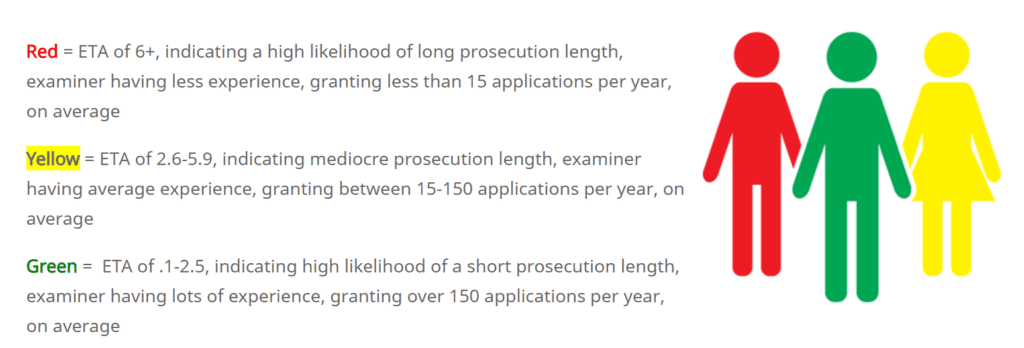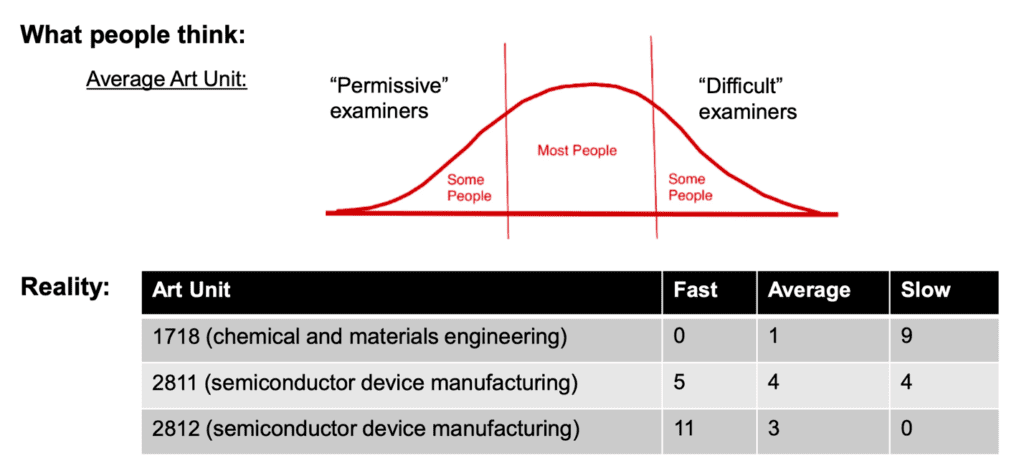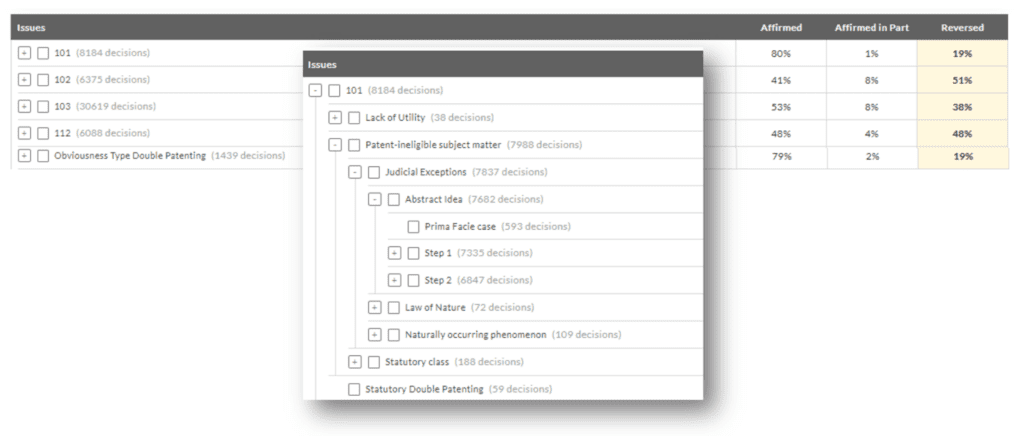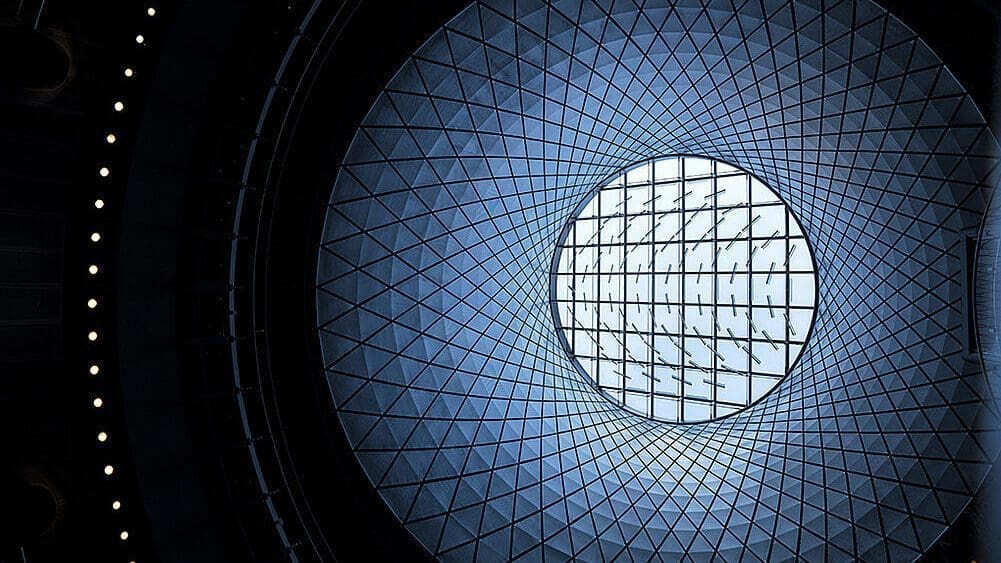Patent Prosecution Analytics: No Longer Just a Nice to Have

In a recent webinar, the LexisNexis® Intellectual Property team offered patent practitioners several convincing reasons for integrating patent prosecution analytics into their processes. Patent data and analytics can be leveraged in many ways throughout patent prosecution to help patent professionals evaluate the difficulty of their patent examiners, objectively assess their performances in dealing with the USPTO and extract information from the USPTO archives that can be used to obtain favorable outcomes for patent clients.
Predicting patent prosecution outcomes using PatentAdvisor ETA™
The PatentAdvisor ETA proprietary patent metric, available on the LexisNexis PatentAdvisor® patent analytics platform, has proven itself a superior method of predicting the behavior of USPTO patent examiners. Whereas many commonly used patent statistics fail to account for important examiner-specific information, the proprietary PatentAdvisor ETA algorithm yields a more comprehensive and reliable measurement of examiner difficulty. While statistics, such as patent examiner allowance rates, fail to account for actions examiners have taken on pending patent applications, these actions are an important part of the calculations. Moreover, a PatentAdvisor ETA value does a better job communicating an examiner’s most recent decision trends (as opposed to just looking at career statistical averages) and does not penalize examiners for patent application abandonments, since they could result from applicants’ decisions rather than the examiner’s actions.
Using PatentAdvisor ETA values, patent examiners can be categorized as being “permissive,” “moderate” or “difficult.”. The value and category assigned to a patent examiner indicate the number of office actions an examiner is expected to issue, the duration of time an application will remain pending and the likelihood that an examiner will ultimately grant an application. As a result, patent professionals can use PatentAdvisor ETA prosecution analytics to better understand the examiners they face and better predict the obstacles that lie ahead.

Evaluating patent prosecution performance
When PatentAdvisor ETA examiner categories are used to evaluate the proportions of the types of patent examiners in each USPTO art unit, many are surprised to find that examiners are not evenly or consistently distributed. Some art units are more “stacked” with difficult examiners, making it harder for patent professionals who routinely deal with those art units to obtain patent protection for their clients. Understanding that there is significant variability among patent examiners is important for patent professionals who want to accurately assess their patent prosecution performance and the performance of their law firms.

For each patent application that is prosecuted, the type of examiner that is faced is what sets the bar for whether a patent attorney’s performance is respectable or subpar. For example, receiving three office actions from an “easy” examiner might be considered a poor performance, whereas receiving a grant from a “difficult” examiner might be a success, even if five office actions were issued. The PatentAdvisor™ efficiency score provides the prosecution analytics to evaluate prosecution performance as a metric that has been normalized for examiner difficulty. By taking into account examiner difficulty and the outcomes that are statistically the most likely to occur, each PatentAdvisor Efficiency Score value helps practitioners understand how far above or below average their performance is compared to others. With this information, patent professionals can rely on objective feedback to improve their performance for future patent applications.
Engaging PTAB “case law” to find winning arguments
When a patent practitioner has reached the end of the road with their assigned patent examiner, they should consider whether filing for appeal is worth pursuing. Naturally, the decision whether to appeal often hinges on a practitioner’s confidence that they will be able to convince the Patent Trial and Appeal Board (PTAB) to reverse their patent examiner’s decision. LexisNexis IP now makes it easier than ever for patent professionals to determine the level of confidence they should possess in an appeal scenario.
Patent practitioners can now easily navigate their way through the many arguments that have been historically presented to address issues that have been reviewed by the PTAB. Practitioners can navigate a hierarchical list of PTAB arguments that have been presented, beginning with specific rejection types at the highest level (e.g., Section 101, 102, 103, 112, etc.) and narrowing down to much more granular issues (e.g., whether an idea is “abstract”). In navigating the various arguments that could apply to a practitioner’s appeal, practitioners can review past performance statistics to determine how successful certain arguments have been in the past—in overturning USPTO patent examiner opinions, generally, as well as in overturning the opinions of a specific examiner. By using LexisNexis IP patent prosecution analytics tools, practitioners can come up with potential strategies based on PTAB “case law,” and use historical patent data to decide whether or not the odds of overturning their examiner’s opinion are in their favor.

Patent data and prosecution analytics can be leveraged in many ways throughout patent prosecution, and LexisNexis IP provides the tools to give patent professionals the leverage they need. For more information on how to use LexisNexis IP products throughout patent prosecution or how to integrate patent prosecution data into your workflow, please check out the “Patent Prosecution Analytics: No Longer Just a Nice to Have” on-demand webinar.
Learn more about PatentAdvisor and see how to use patent data to understand USPTO examiners.
Explore how to use patent prosecution analytics for predictions, performance and evaluations.
Read How Ex Parte PTAB Decision Data Helps to Streamline Prosecution Processes to learn more.

Need more predictability in the patent prosecution process?
Learn how to develop successful IP strategies and proficiently manage patent applications throughout the entire prosecution process using data-driven insights and advanced analytics.
